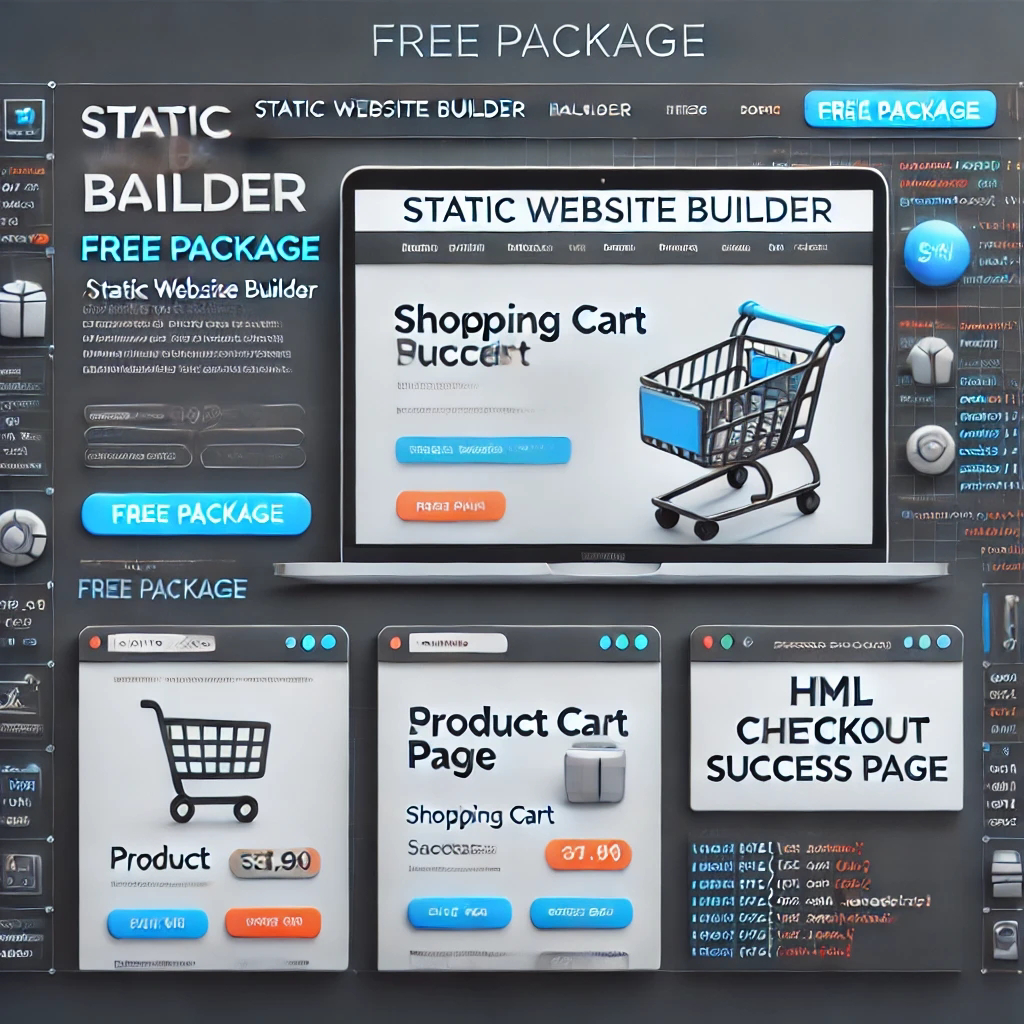How to Build Emotional Resilience: Strategies for Tough Times
Disclaimer: This post may contain affiliate links, meaning I earn a small commission if you make a purchase through these links, at no additional cost to you. Life is full of challenges, but emotional resilience—the ability to adapt and recover from stress—helps you navigate them with strength and clarity. By developing resilience, you can face life’s difficulties with greater confidence and less fear of failure. --- Why Emotional Resilience is Important 1. Improves Mental Health: Resilience reduces the likelihood of anxiety, depression, and other mental health struggles. 2. Enhances Problem-Solving: A resilient mindset helps you approach problems with a clear head and creative solutions. 3. Strengthens Relationships: Resilient individuals can communicate effectively and maintain strong connections even during difficult times. --- Strategies to Build Emotional Resilience 1. Cultivate Self-Awareness: Reflect on your emotions and identify what triggers stress. Understanding yourself is t...
